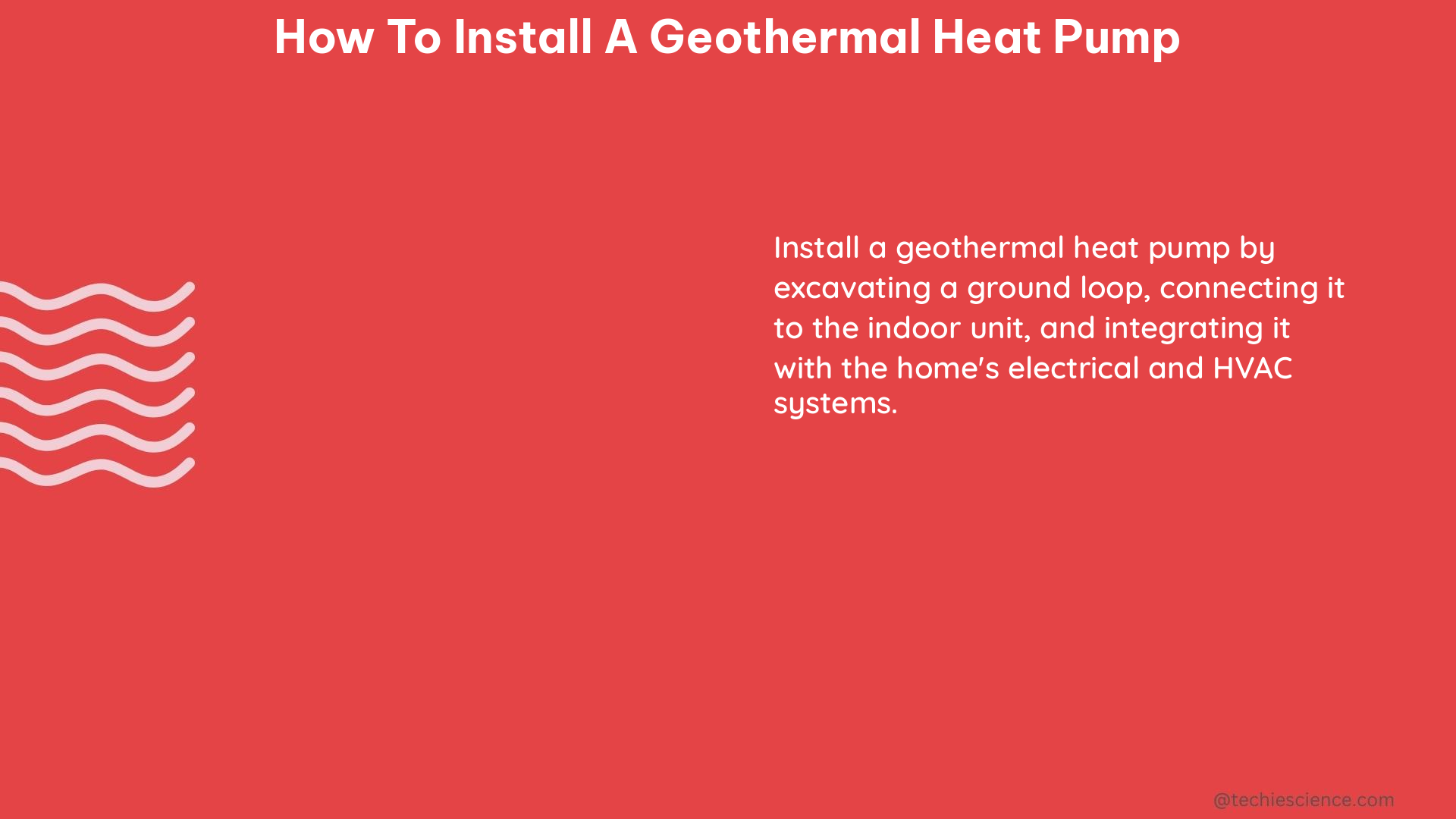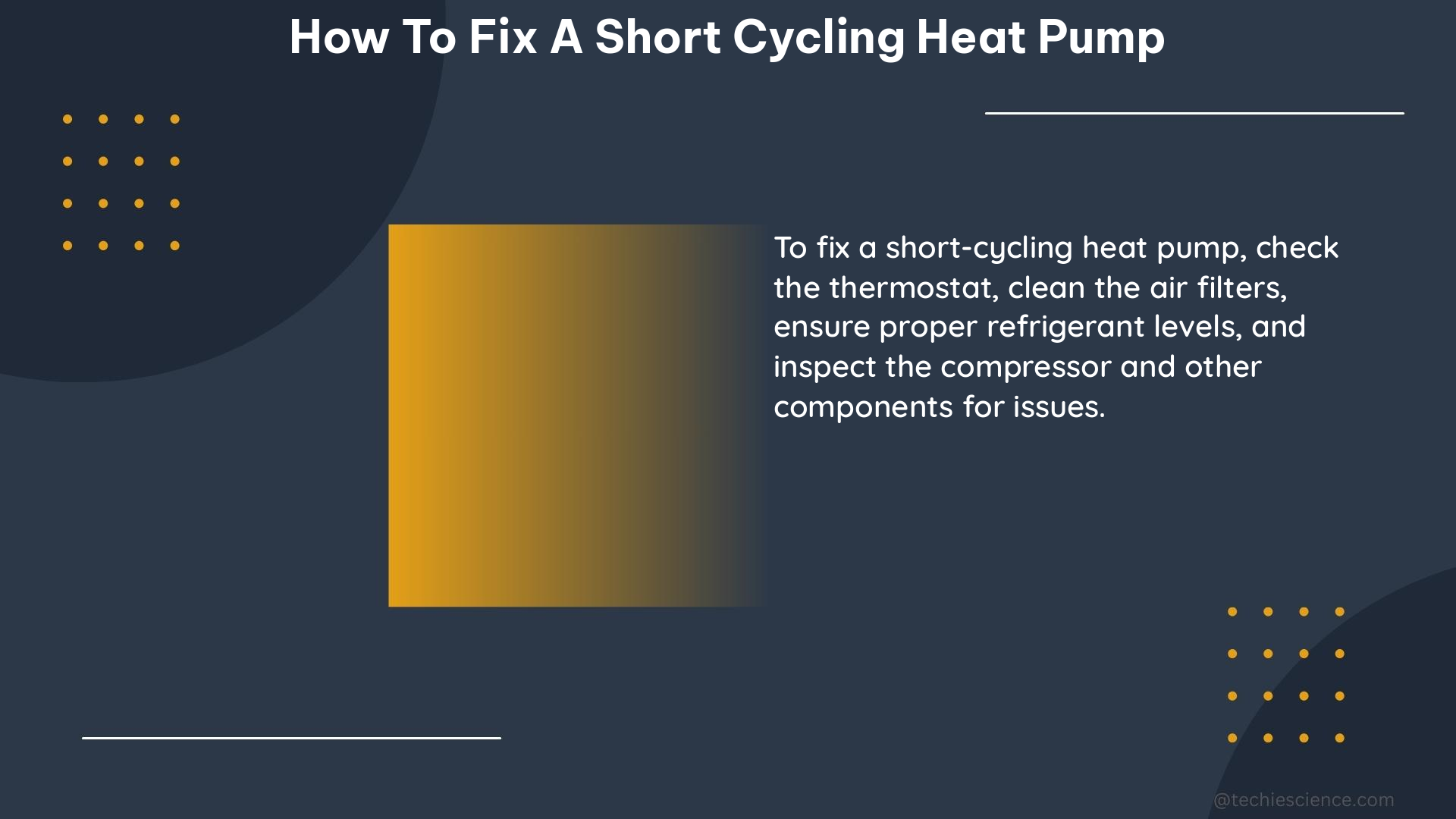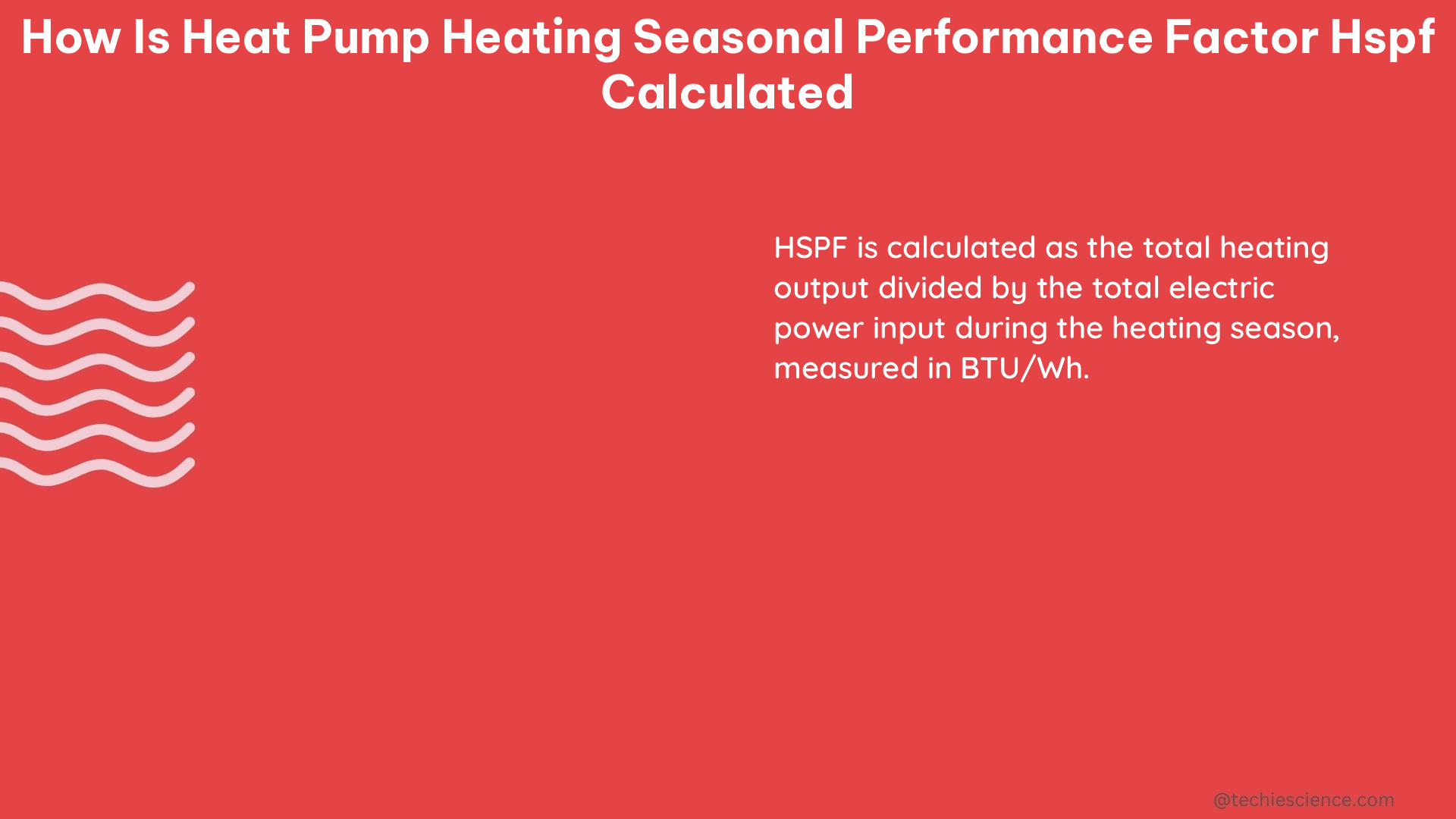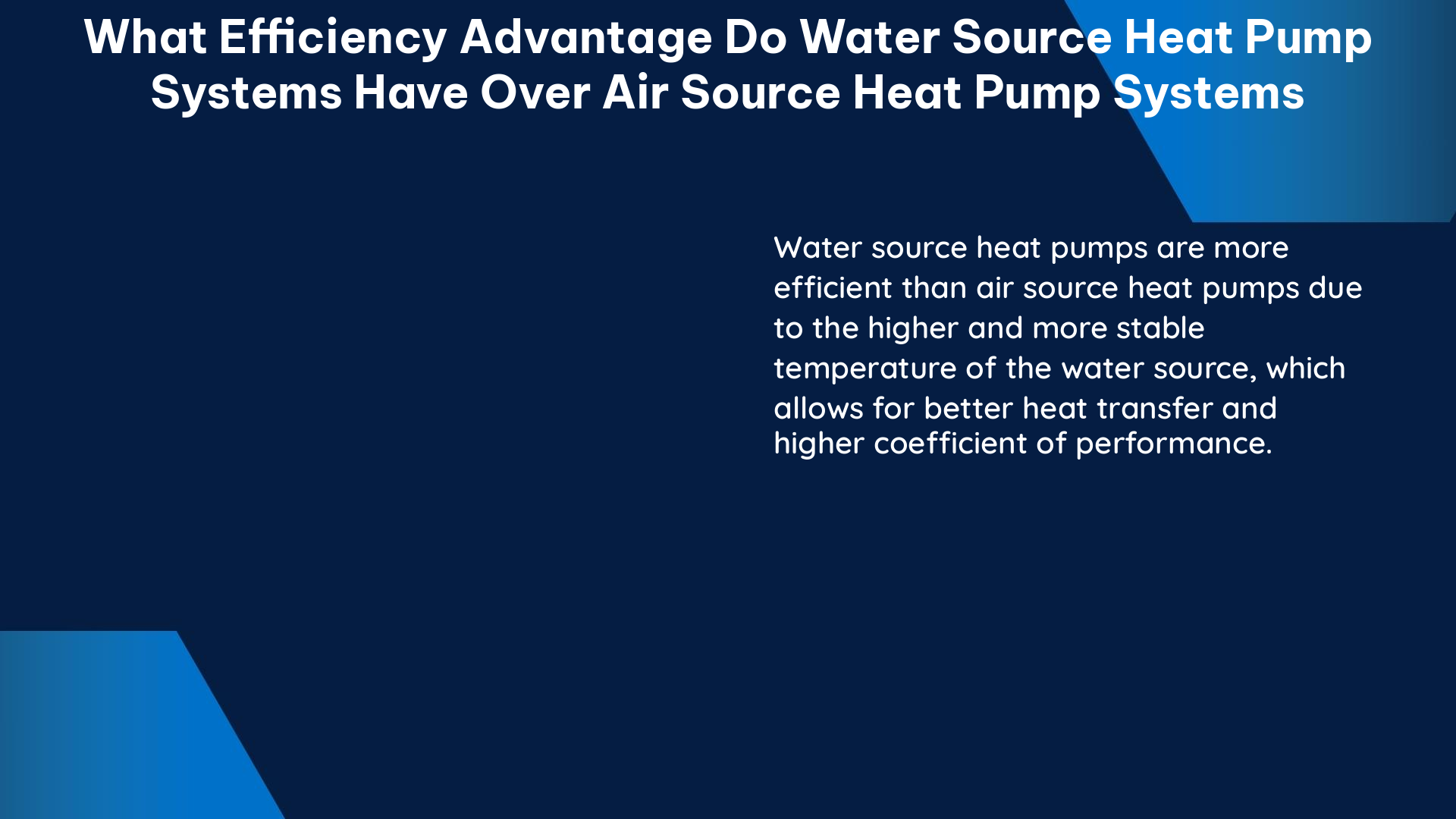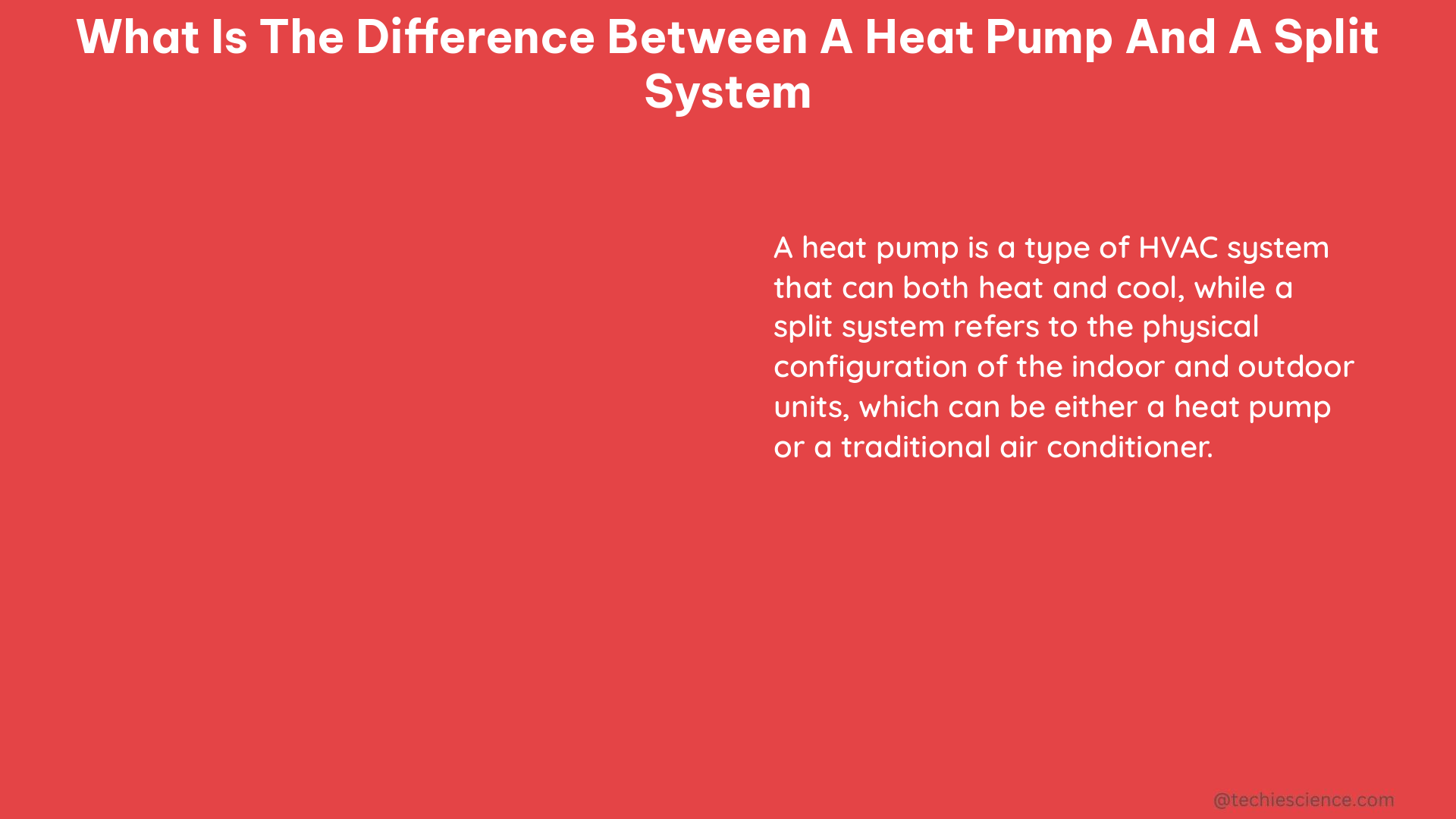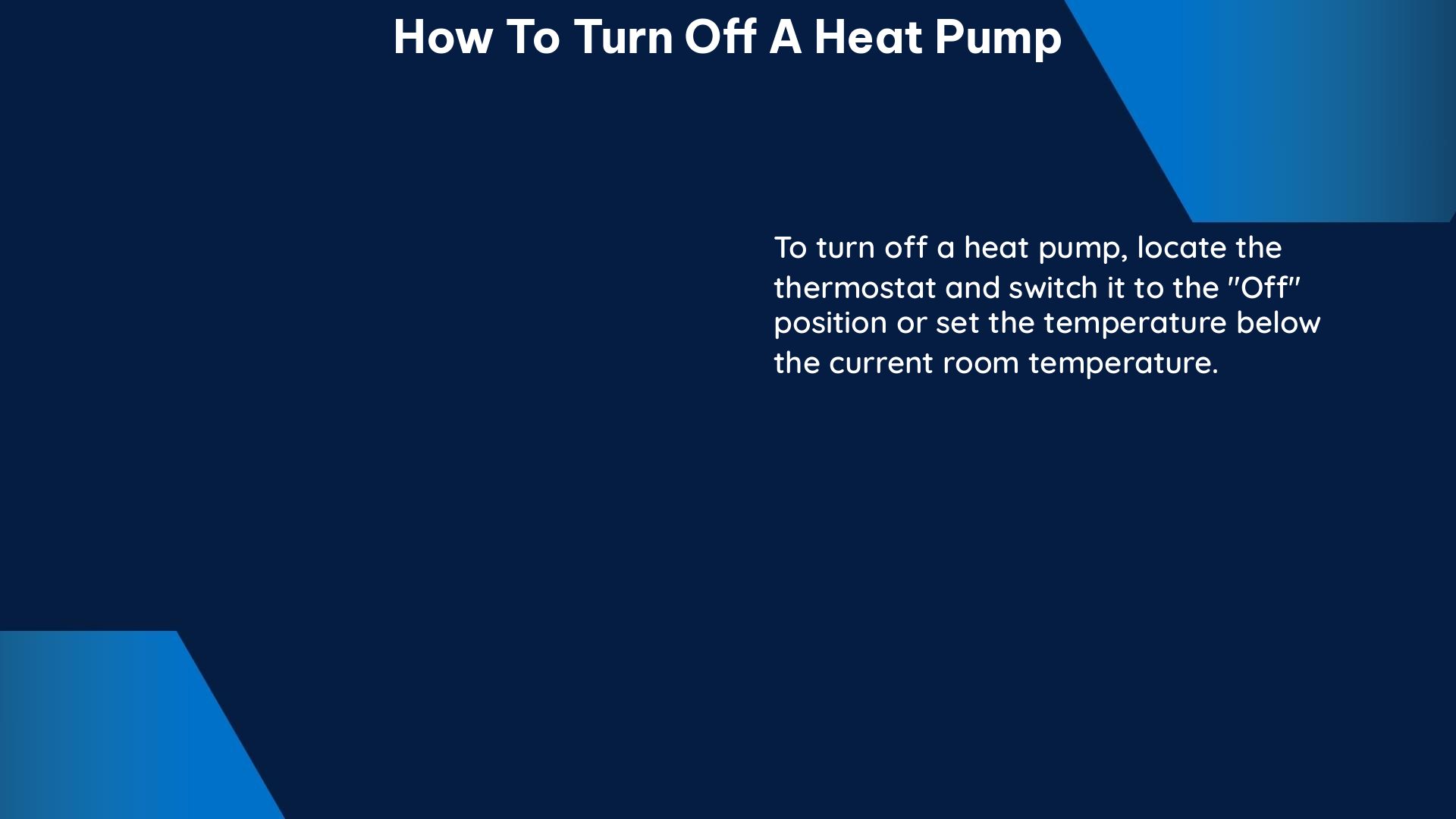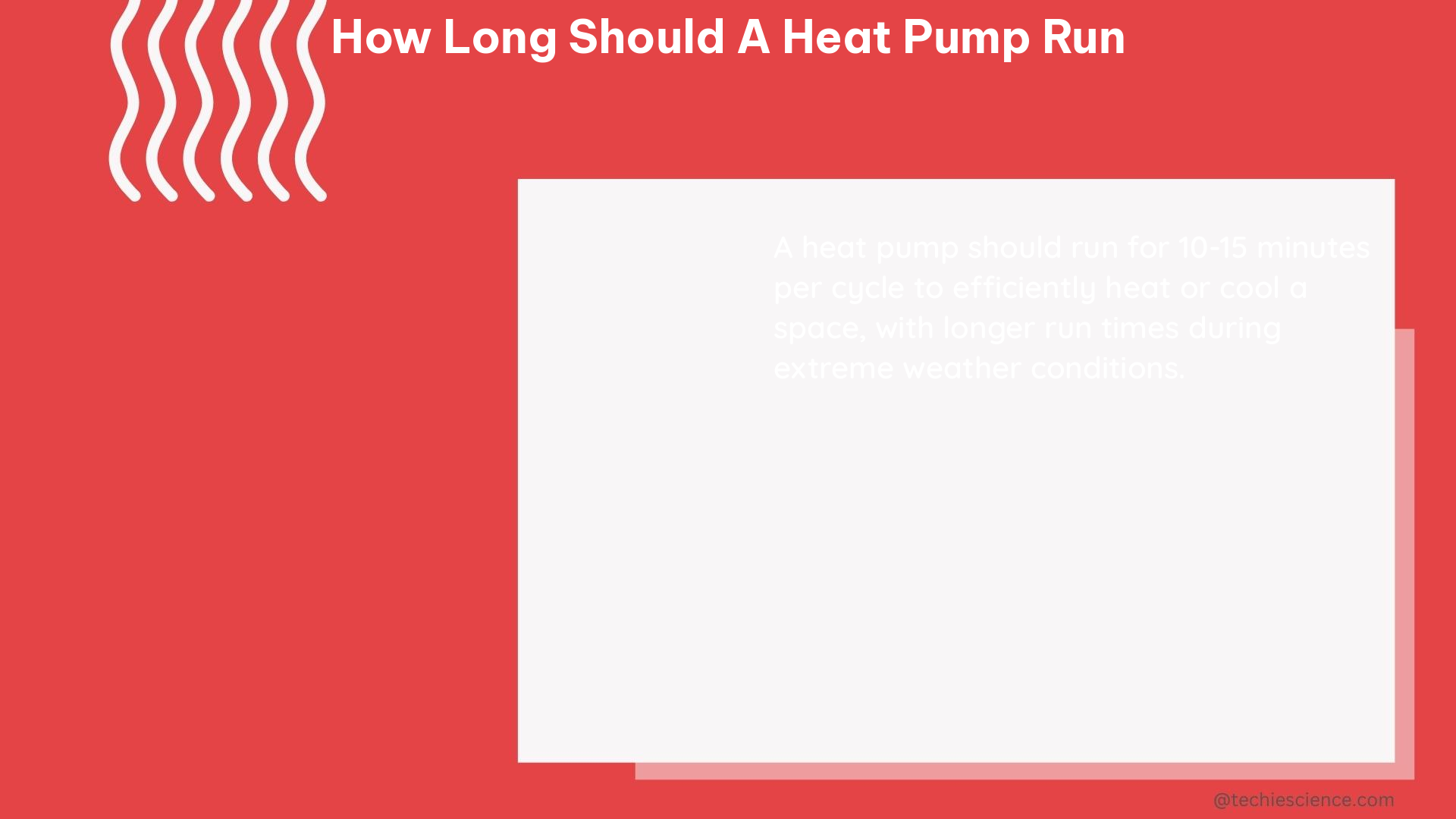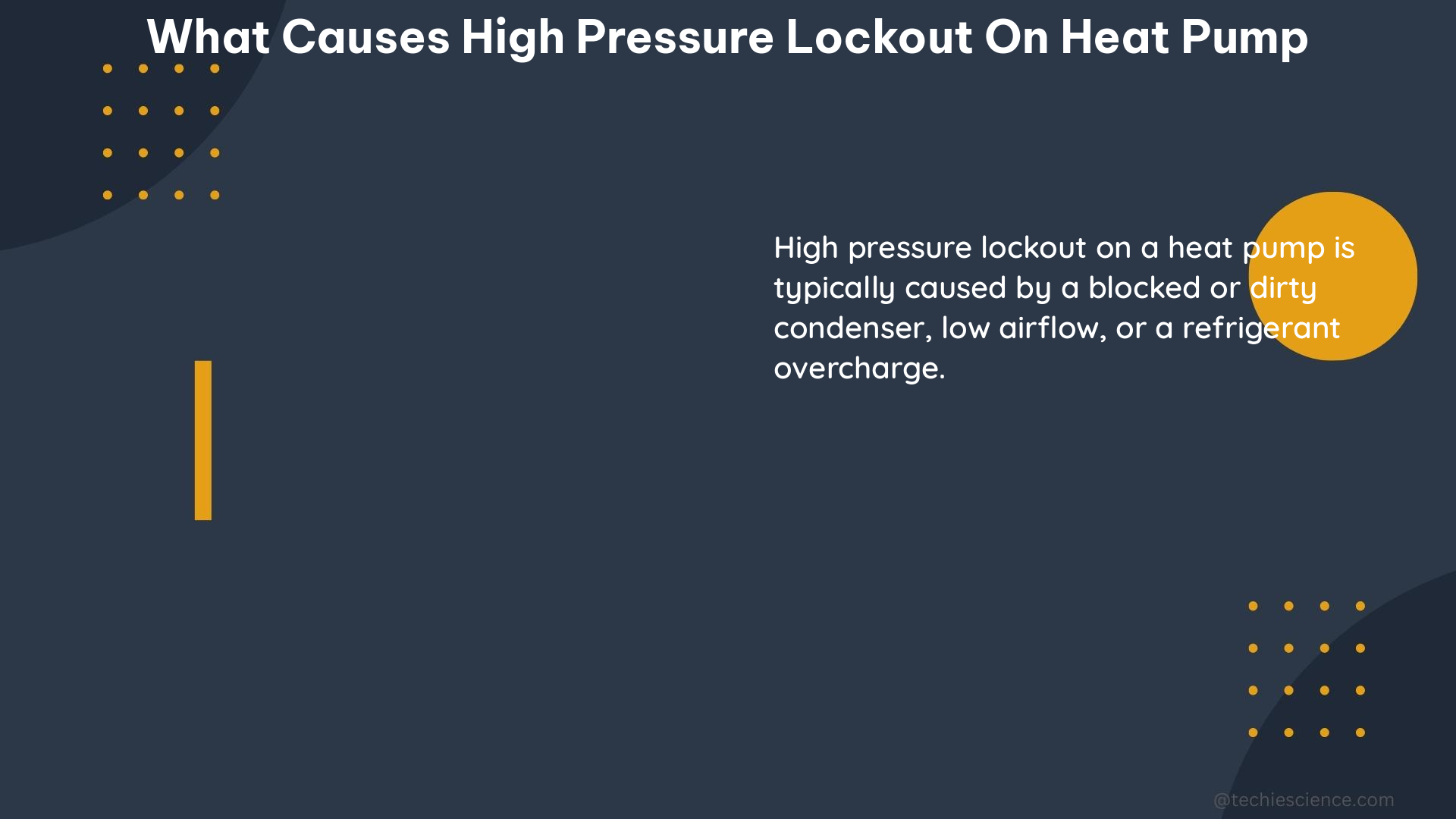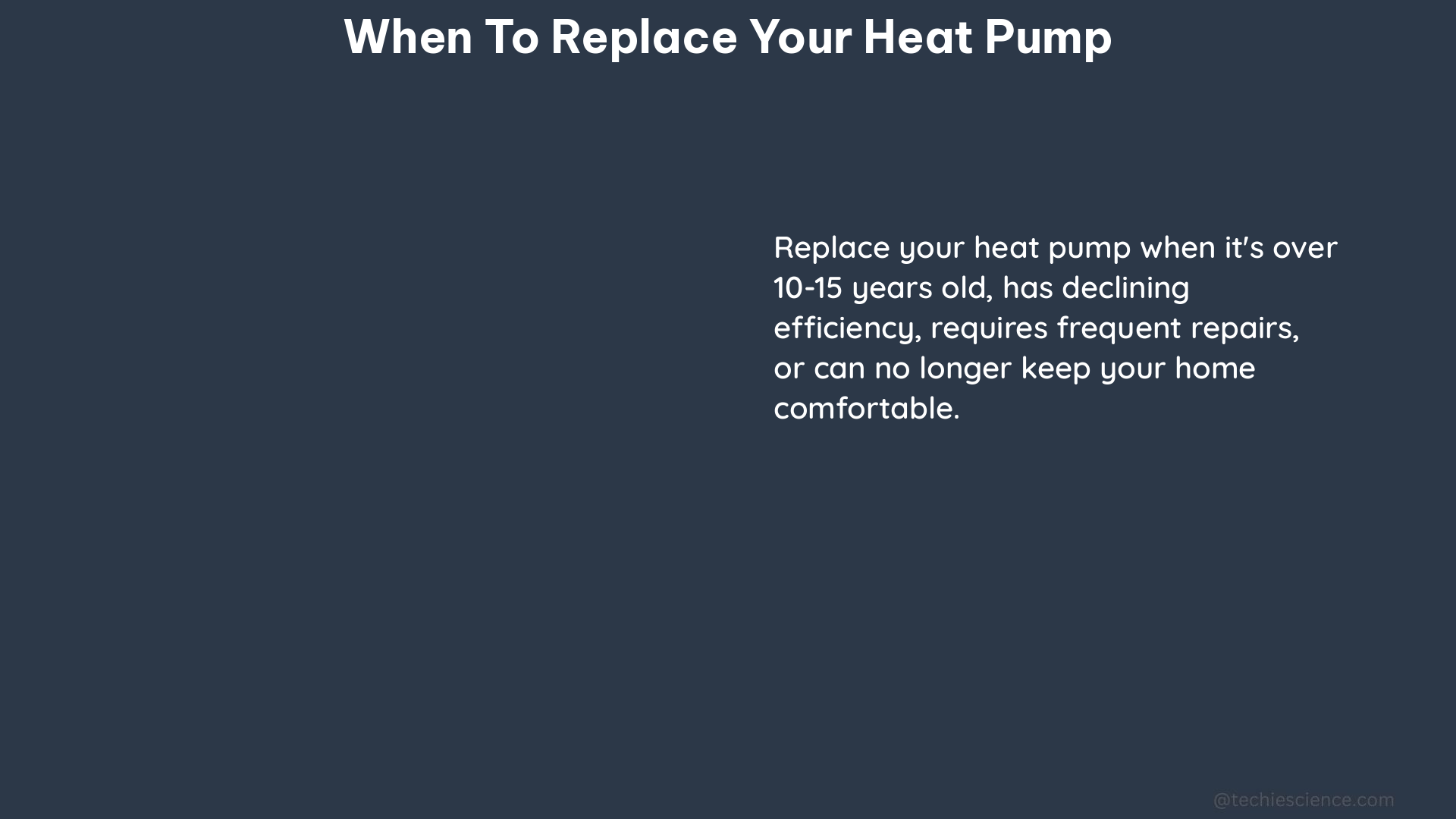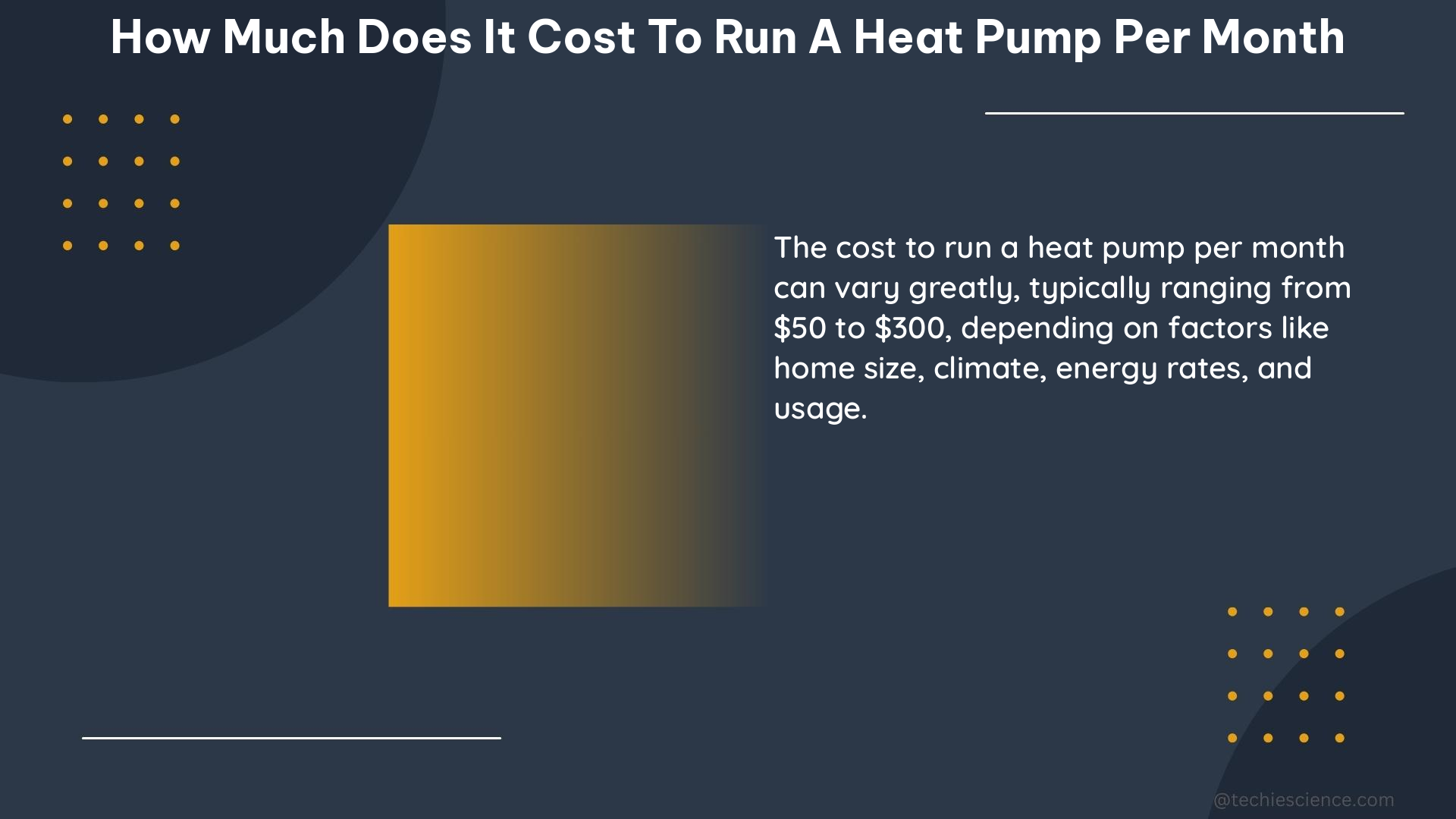Geothermal heat pumps are an efficient and eco-friendly heating and cooling solution for homes and buildings. Installing a geothermal heat pump requires careful planning and execution to ensure optimal performance and energy savings. In this comprehensive guide, we’ll walk you through the step-by-step process of installing a geothermal heat pump, providing detailed technical specifications and measurements at each stage.
Assessing Heating and Cooling Needs
The first step in installing a geothermal heat pump is to conduct a Manual J calculation to determine the heating and cooling loads for your property. This calculation is often required for state and local incentives and ensures that the geothermal system is properly sized to meet your home’s energy demands.
The Manual J calculation takes into account factors such as the size of your home, the number of occupants, the insulation levels, and the local climate. This data is then used to determine the appropriate size and capacity of the geothermal heat pump, ensuring that it can efficiently heat and cool your home.
Inspecting Pre-Existing Ductwork

If you have an existing duct system in your home, it’s important to ensure that it is efficient and well-sealed. Leaky or poorly insulated ducts can reduce the overall efficiency of your geothermal system, leading to higher energy bills and decreased comfort.
During this stage, your installer will inspect the ductwork and make any necessary repairs or upgrades. If the existing duct system is in good condition and meets the requirements of the new geothermal system, there may be no need to replace it, saving you time and money.
Ground Loop Installation
The ground loop is the heart of a geothermal heat pump system, as it is responsible for transferring heat between the earth and the heat pump. There are two main types of ground loops: horizontal and vertical.
Horizontal Ground Loops
Horizontal ground loops require trenches that are typically 6 feet deep and 3 feet wide. The length of the trenches will depend on the size of the geothermal system and the thermal conductivity of the soil. As a general rule, the trench length should be approximately 400-600 feet per ton of heating and cooling capacity.
Vertical Ground Loops
Vertical ground loops are drilled into the earth, with each borehole typically extending several hundred feet deep. The depth of the boreholes will depend on the local geology and the thermal conductivity of the soil. Vertical ground loops are often used in areas where there is limited available land for horizontal trenches.
Ductwork Installation (if necessary)
If your home does not have an existing duct system or if the existing system is not compatible with the new geothermal heat pump, your installer will need to install the necessary ductwork. This may involve running new ducts through the walls, ceilings, or attic, or integrating the geothermal system with your home’s existing HVAC infrastructure.
The size and layout of the ductwork will be determined by the heating and cooling requirements of your home, as well as the specific design of the geothermal system. Your installer will use industry-standard duct sizing and design principles to ensure optimal airflow and energy efficiency.
Heat Pump Installation
If you are replacing an existing furnace and central air conditioning unit, your installer will first need to remove those components. The new geothermal heat pump will then be installed and connected to your home’s duct system.
The heat pump itself is a self-contained unit that houses the compressor, refrigerant, and other critical components. It is typically located in a utility room, basement, or other out-of-the-way location, with the ground loop connections running to the outside of the home.
Wiring and Final Connections
The final step in the installation process is to connect the geothermal heat pump to the ground loop and your home’s electrical system. This ensures that the heat pump can efficiently transfer heat to and from the earth, and that the fan has the power it needs to circulate air throughout your home.
During this stage, your installer will also perform any necessary programming or calibration of the heat pump’s controls and thermostat, ensuring that the system is operating at peak efficiency.
Technical Specifications
Test Boring and Thermal Conductivity
The thermal conductivity of the soil where the geoexchange system ground loop is going to be installed is the determining factor in the total length (number of bores and optimal depth) of the bore field needed to meet the heating and cooling requirements of the building. Soil thermal conductivity tests are conducted on systems that exceed 20 tons in size, as design variations in loop sizing assumptions do not have a significant impact on installed costs for smaller systems.
Coefficient of Performance (COP)
COP is the most commonly used dimensionless measure to quantify the performance of a heat pump. It is expressed as the ratio of Thermal Output (kW) to Electricity (kW), with a higher COP indicating a more efficient system. Typical COP values for geothermal heat pumps range from 3.0 to 5.0, depending on the specific model and operating conditions.
Conclusion
Installing a geothermal heat pump requires careful planning and execution, but the long-term benefits in terms of energy savings and environmental impact make it a worthwhile investment for many homeowners. By following the steps outlined in this guide and paying close attention to the technical specifications, you can ensure that your geothermal heat pump installation is a success.
References
- Understanding and Evaluating Geothermal Heat Pump Systems: https://www.nyserda.ny.gov/-/media/Project/Nyserda/Files/EERP/Residential/Geothermal/geothermal-manual.pdf
- Proposal of New Data Collecting Spreadsheet for Geothermal Heat Pumps: https://www.geotis.de/homepage/sitecontent/info/publication_data/congress/congress_data/Song_WGC_2020_Heat_Pumps_Statistics.pdf
- Geothermal Heat Pump Installation Overview – EnergySage: https://www.energysage.com/heat-pumps/installing-geothermal-heat-pump/
